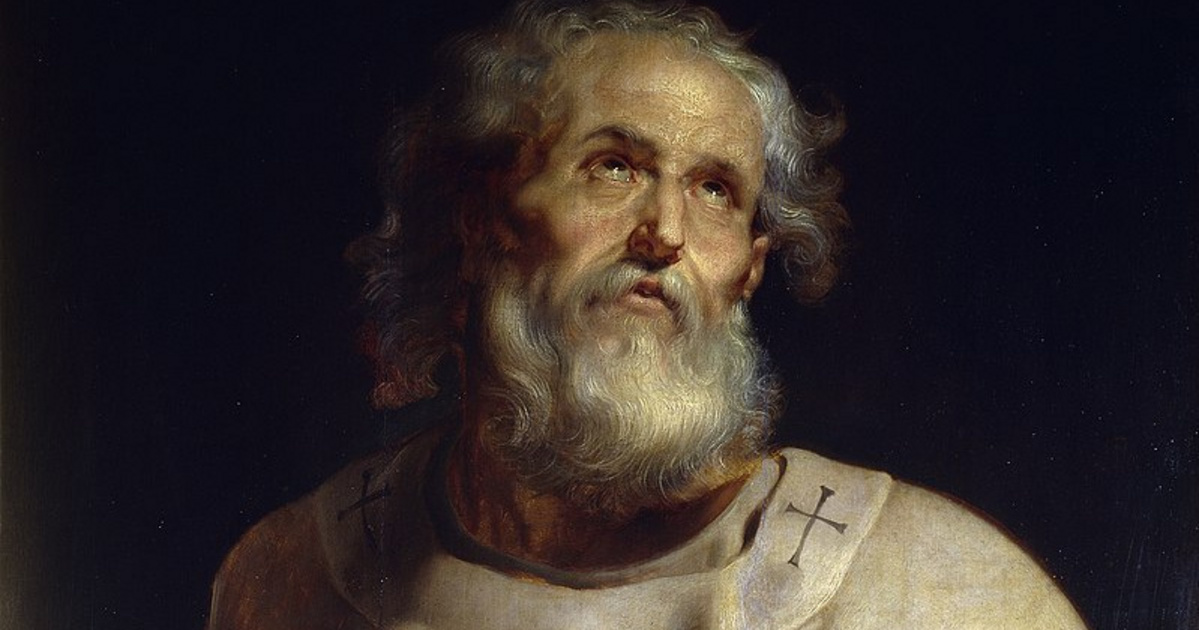Archaeologists and religious scholars have long searched for the birthplace of Saint Peter, who was one of the Twelve Apostles and the first pope of the Catholic Church.
Researchers now have an ancient mosaic with a Greek inscription discovered In the city of Al-Araj, Israel. The text of the inscription (“Commander and Commander of the Heavenly Apostles”) is identical to the way that Byzantine Christian writers called Saint Peter.
According to the Gospel of John, Saint Peter, Saint Andrew, and Saint Philip were born in a fishing village called Bethsaida. Christians believe that this place is also the site of some of Jesus’ miracles, including the healing of a blind man and the feeding of thousands of people with five loaves of bread and two fish.
Archaeologists do not know exactly where Bethsaida isAnd the Although confined to several places: the archaeological site of al-Tal, the village of al-Masadi and the archaeological site of al-Araj.
The newly discovered mosaic confirms the hypothesis of al-Araj that this was once Bethsaida. Researchers have been excavating at the site since 2016.
Existence
The mosaic that has just been found may have been part of the mosaic floor of the so-called Church of the Apostles. Archaeologists involved in the excavations, and staff of the Center for the Study of Ancient Judaism and Christian Origins (CSAJCO) in New York, believe that Aradas is also the birthplace of the apostles Peter, Fulop, and Andras. The inscription is surrounded by a two-line round medallion of black mosaic stone, and also refers to a giver: “Constantine, Servant of Christ” (who is not the Roman emperor of the same name).
This discovery is the strongest evidence we have that Peter had a special connection with the basilica and that it may have been dedicated to it
said Stephen Notley, director of archaeological excavations.
The church found in Laaraj was also mentioned by Bishop St. Willibald of Echstate in his notes when he described his visit to the Lake of Galilee on the eighth. century.
During his pilgrimage to Jerusalem, he came across a church on his way from Capernaum to a chair.
According to archaeologists, the inscription may have played a serious role in determining the relationship between the Apostle Peter and the basilica. Excavations will continue from October, then they can get more reliable results.
(Cover image: St. Peter the Apostle. Photo: Wikipedia)












































